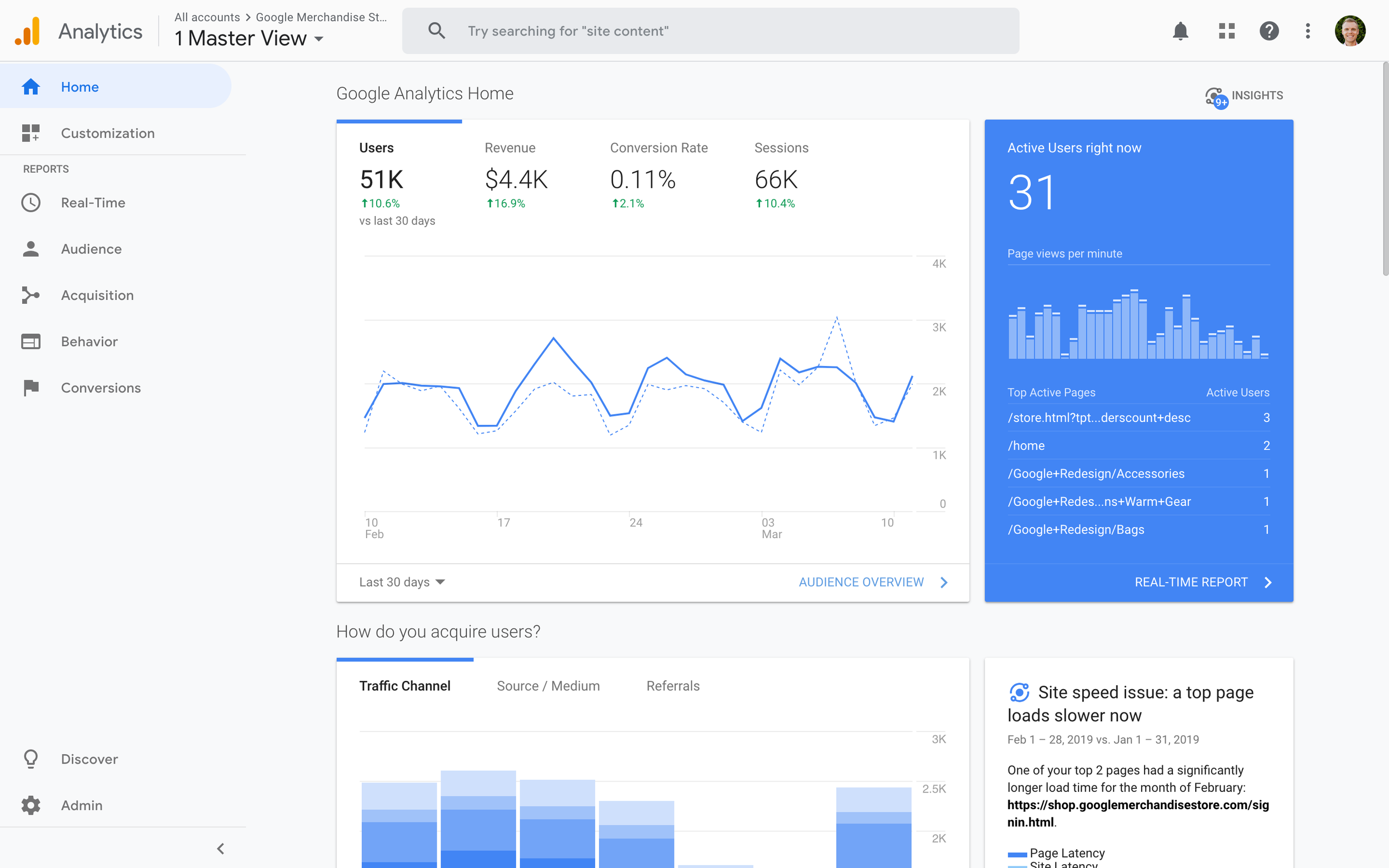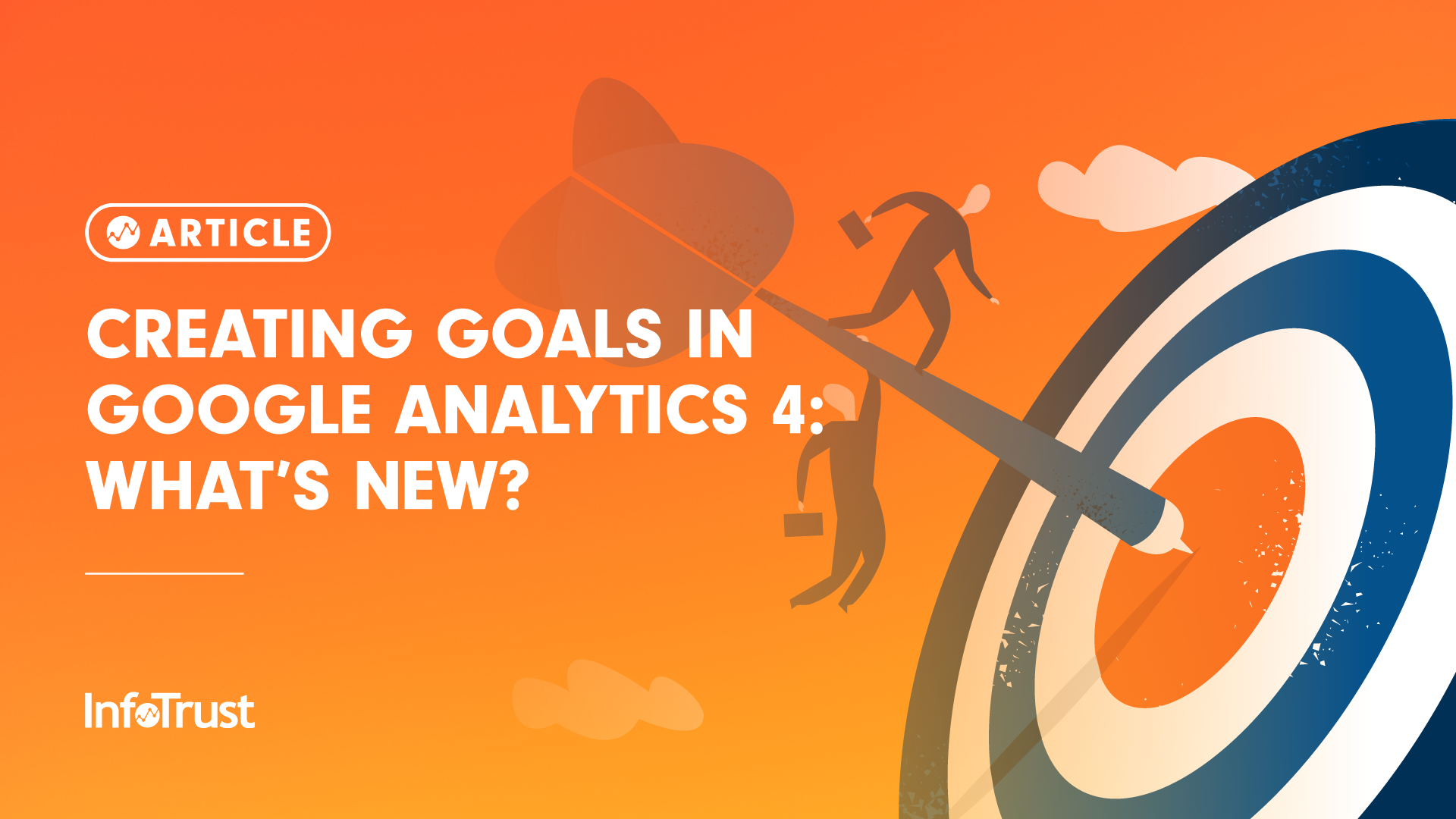Key Insights on What Data Is Google Analytics Goals Unable to Track
Key Insights on What Data Is Google Analytics Goals Unable to Track
Blog Article
Discover the Limitations of Google Analytics Goals: Revealing the Information Kind That Remain Untrackable
As companies significantly rely on data-driven decision-making, comprehending the constraints of tools like Google Analytics ends up being extremely important. While Google Analytics Goals deal important understandings into user interactions, there exist data kinds that elude tracking, posturing obstacles to an extensive understanding of individual behavior.
Incomplete User Journey Tracking
Insufficient user trip monitoring within Google Analytics can prevent the capacity to properly assess user actions. When the customer journey is not fully tracked, there are voids in the information that protect against an extensive understanding of exactly how users communicate with an internet site. This absence of understanding can cause missed out on possibilities for optimization and improvements to the user experience.
One usual concern with insufficient user trip tracking is the lack of ability to see the complete path that users take before completing an objective or leaving the site. Without this details, it is testing to recognize where customers might be experiencing obstacles or rubbing points that prevent them from converting. In addition, insufficient tracking can cover the influence of particular advertising efforts or site modifications on individual habits.
To address this restriction, it is vital to set up proper tracking devices within Google Analytics to record the entire individual trip. This might involve establishing event monitoring, goal funnels, or using tools like Google Tag Supervisor to ensure that no important interactions go unrecorded. By obtaining a detailed view of the user journey, internet site owners can make more enlightened decisions to boost user involvement and drive conversions.
Acknowledgment Difficulties
Navigating via attribution difficulties in Google Analytics calls for an extensive understanding of exactly how various touchpoints contribute to the general conversion process. Attribution challenges occur from the complexity of modern-day customer journeys, where customers engage with multiple networks before transforming. Google Analytics offers different acknowledgment designs like initial touch, last touch, and linear, each providing a various viewpoint on how credit rating is designated to touchpoints along the conversion course. Nevertheless, these designs may not always precisely show real impact of each touchpoint on the conversion.
One usual acknowledgment obstacle is the trouble in connecting conversions to the proper resource, specifically in cases where users engage with multiple channels prior to converting. This can lead to inaccuracies in identifying which marketing efforts are driving one of the most conversions. In addition, cross-device monitoring postures an additional attribution challenge, as customers frequently switch in between gadgets during their journey, making it challenging to track their communications effortlessly. Online marketers have to very carefully translate and examine acknowledgment information to make educated decisions and optimize their advertising strategies efficiently.
Offline Conversions
Offered the challenges related to connecting conversions accurately in online channels, the dimension of offline conversions presents a considerable possibility for marketing experts seeking an extra extensive understanding of their consumers' journey. Offline conversions refer to actions that consumers take in the physical globe, such as making acquisitions in brick-and-mortar shops or over the phone, going to occasions, or engaging with published products - what data is google analytics goals unable to track. These conversions are important for organizations that operate both online and offline, as they supply beneficial insights into the effectiveness of advertising and marketing projects throughout different touchpoints
Tracking offline conversions generally postured a significant difficulty for marketers, as it was challenging to link these a knockout post activities back to details online interactions precisely. Nonetheless, with developments in modern technology, such as the combination of CRM systems, special identifiers, and coupon codes, organizations can now bridge the void in between online and offline data to acquire a more holistic sight of customer actions. By successfully gauging offline conversions, marketers can optimize their methods, allot resources more efficiently, and ultimately enhance the total customer experience.
Cross-Device Tracking
Cross-device tracking plays a critical duty in understanding the interconnected nature of consumers' digital interactions throughout numerous tools. In today's omnichannel globe, where users effortlessly switch over between desktops, tablets, and mobile phones, tracking their actions across these devices is necessary for marketers to acquire a comprehensive view of their client journey.

Furthermore, privacy concerns and regulations such as GDPR and CCPA have further complex cross-device monitoring. With users requiring more control over their data and boosted restrictions on monitoring technologies, marketing experts should find privacy-compliant and ingenious means to connect user interactions throughout tools.
Dynamic Web Content Involvement
Recognizing customer interaction with vibrant material is critical in maximizing digital advertising and marketing methods for improved target market interaction. Dynamic content describes site components that alter based on user behavior, choices, or various other aspects, using a personalized experience. Tracking customer communications with dynamic content postures difficulties for traditional analytics devices like Google Analytics.
While Google Analytics can track fundamental communications like clicks and page views, it might have a hard time to capture even more nuanced interactions within dynamic content. what data is google analytics goals unable to track. Metrics such as time spent on details dynamic components, float activities, or interactions within pop-ups are commonly not easily quantifiable using typical tracking approaches. This limitation impedes marketing professionals' ability to totally grasp just how users are engaging with vibrant material and tailor their approaches accordingly

Conclusion
To conclude, Google Analytics goals have restrictions in tracking insufficient individual trips, associating conversions precisely, recording offline conversions, tracking cross-device communications, and gauging dynamic content interaction. These restrictions highlight the relevance of discovering additional tracking methods and tools to get a much more thorough understanding of customer actions and conversions past what Google Analytics can give.
While Google Analytics Goals deal useful insights right into individual communications, there exist information kinds that avoid tracking, posturing challenges to an extensive understanding of user actions.Insufficient customer trip tracking within Google Analytics can hinder the ability to properly analyze individual habits. When the individual trip is not completely tracked, there are spaces in the data that avoid a detailed understanding of exactly how individuals communicate with a website.One common concern with insufficient user trip monitoring is the inability to see the complete path that users take before completing an objective or leaving the site. By gaining an extensive sight of the his comment is here individual journey, internet site proprietors can make more enlightened choices to enhance customer interaction and drive conversions.
Report this page